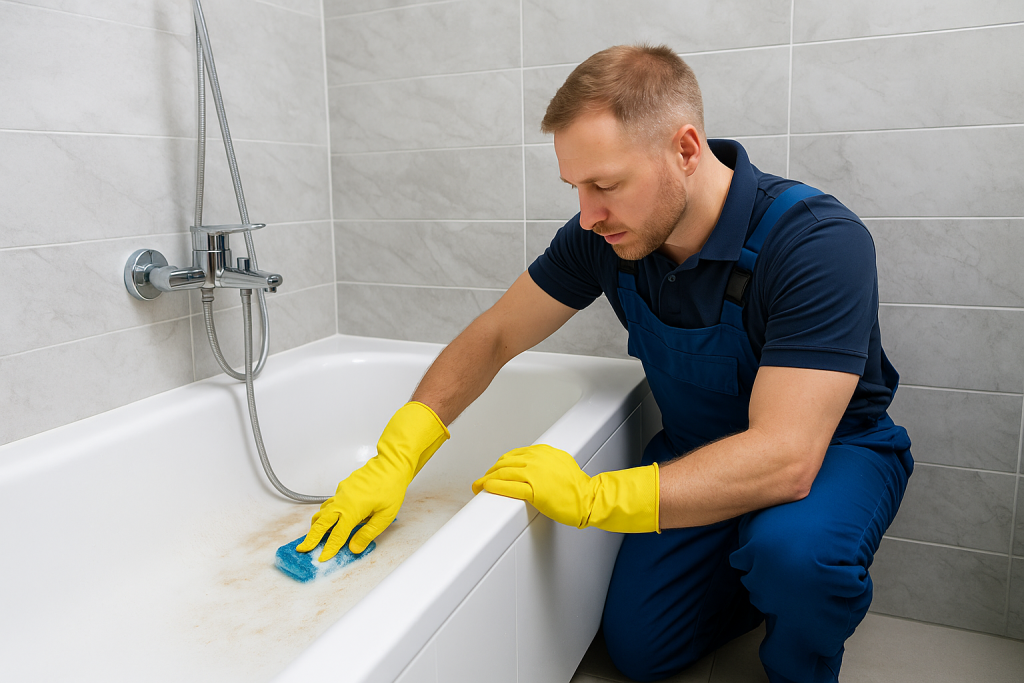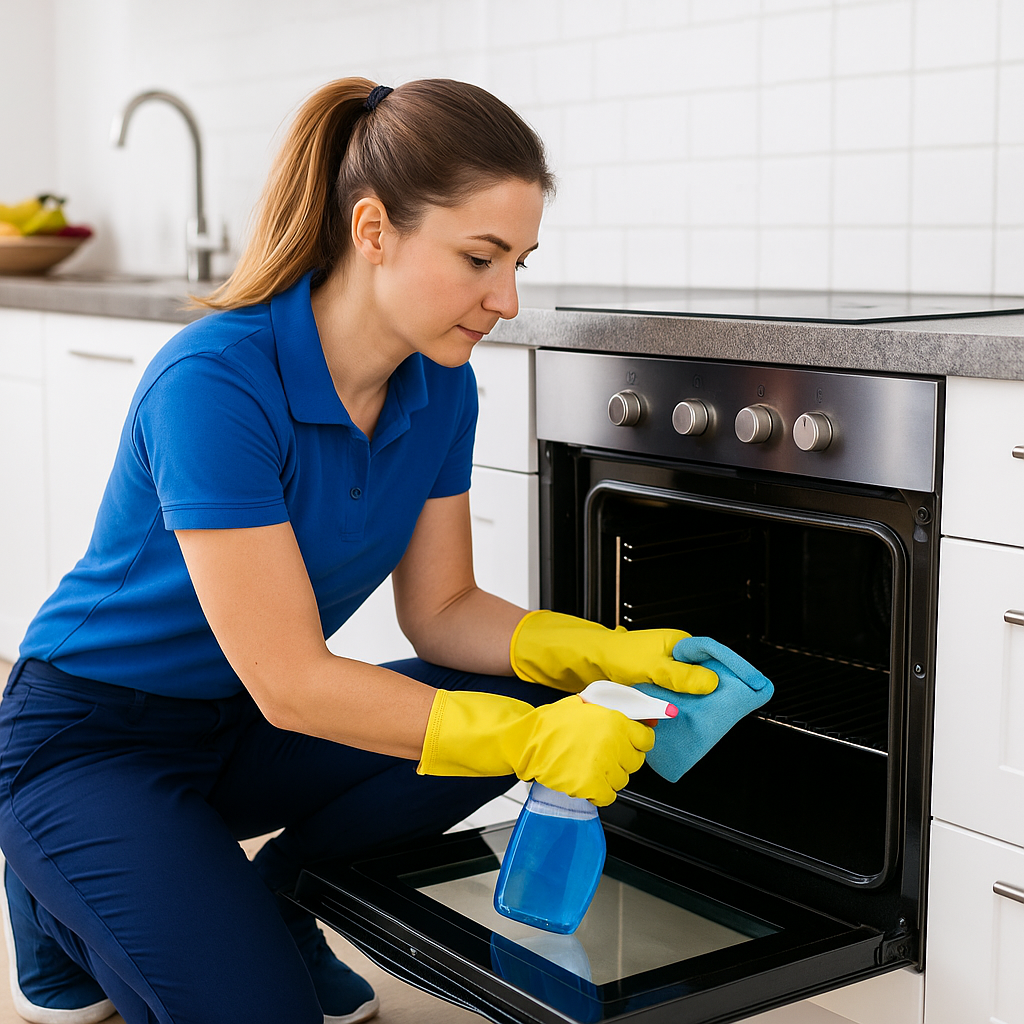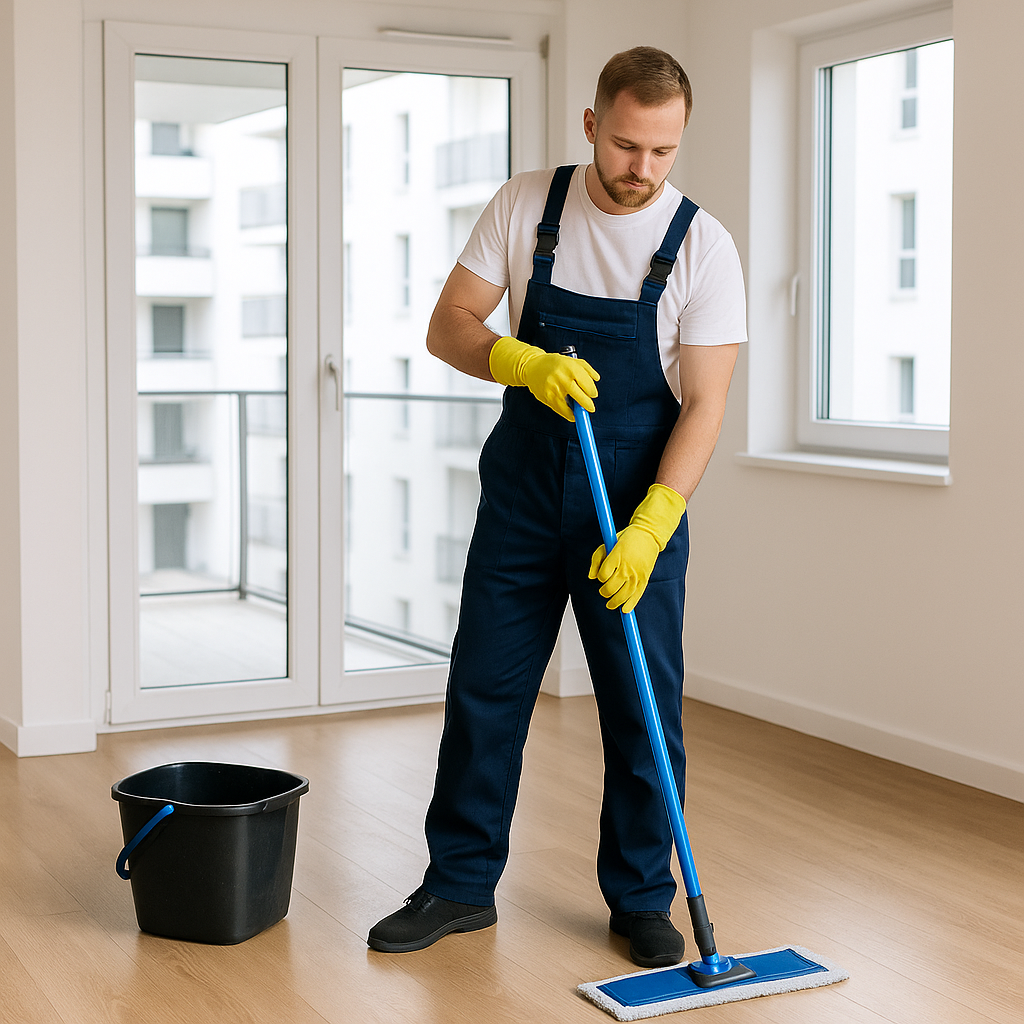
In the UK, end-of-tenancy cleaning prices UK prices can differ significantly from one property to another—and for good reason. Unlike generic domestic cleaning, this service is designed to meet strict standards set by letting agents and landlords, often tied directly to the return of the tenant’s deposit. Multiple variables come into play: the property’s size, condition, location, and even how soon the service is needed. For tenants looking to avoid costly disputes and landlords hoping for a seamless transition, understanding these pricing factors is key to making an informed choice.
Size and Type of Property: The Bigger the Space, the Higher the Price
Studio vs. 1, 2, 3+ Bedroom Flats or Houses
Smaller properties like studios or one-bedroom flats are quicker to clean and typically incur lower fees. As the number of bedrooms, bathrooms, and living spaces increases, so too does the time, effort, and resources required to bring the property up to standard.
Detached vs. Semi-Detached vs. Apartment
Detached homes usually involve larger square footage and possibly multiple floors, which can extend cleaning duration. Semi-detached homes and apartments may be more compact, but shared access areas or block-specific regulations could influence pricing.
Additional Rooms Like Conservatories, Studies, or Lofts
Bonus rooms such as sunrooms, studies, garages, utility areas, or attics add layers of complexity to a clean. Each room means extra surfaces, fixtures, and detailing—translating directly to added cost.
Condition of the Property: Clean vs. Heavily Soiled
Impact of Neglected Spaces, Mould, Stains, and Long-Term Dirt
A home that has been cleaned regularly will take significantly less time to deep clean than one left in disrepair. Heavy grime, sticky surfaces, limescale buildup, or untreated mould require specialised products and prolonged effort.
How Pet Hair, Smoking, or Damp Affects Cleaning Time and Costs
Homes with pets often require additional attention to fur removal and odour control. Likewise, properties that have allowed smoking indoors may need deep deodorising, wall washing, and carpet treatment—driving up the price.
Furnished vs. Unfurnished Properties: Cleaning More Than Just Surfaces
Extra Tasks Required for Furnished Homes (Upholstery, Behind Furniture)
Furnished rentals demand far more meticulous cleaning. Every piece of furniture—sofas, beds, dining chairs—must be vacuumed or cleaned, and dusting behind and under heavy items adds to the labour.
Time and Labour Differences
Simply put, the more “stuff” in a property, the longer it takes to clean. Unfurnished spaces allow faster movement and less attention to upholstery or internal drawer cleaning, lowering overall cost.
Specific Rooms and Features That Raise the Price
Kitchens and Bathrooms as High-Effort Zones
Kitchens and bathrooms are the most demanding spaces, requiring disinfection, limescale removal, appliance degreasing, and careful attention to hygiene. These rooms often represent the majority of the labour.
Carpeted Rooms vs. Hard Flooring
While hard floors are generally easy to mop and polish, carpets need deep vacuuming, and often steam cleaning or spot stain removal, especially if pets or spills are involved.
Inside Oven, Fridge, Freezer, Cupboards, and Extractor Fans
These features require intense detailing. Ovens, in particular, demand industrial-strength degreasers and take up to an hour alone. Deep cleaning of kitchen appliances is almost always an added fee.
Additional Services and Add-Ons
Carpet Steam Cleaning
Essential in many tenancy agreements, this service uses hot water extraction to lift dirt, allergens, and odours from carpet fibres.
Upholstery and Mattress Cleaning
Often needed in furnished rentals, this involves special tools and cleansers, especially for stains and odours.
External Window Washing
Many tenants forget that external windows may be part of their obligations—especially if accessible without specialist equipment.
Wall and Ceiling Spot Cleaning
Scuff marks, handprints, or nicotine stains on walls often require more than a wipe. This service can cost extra depending on height and surface material.
Professional Pest Control or Deep Sanitation if Needed
In extreme cases, where infestations or hazardous messes are involved, additional pest control or antiviral fogging may be required at premium rates.
Location and Regional Pricing Differences in the UK
London vs. Smaller Towns or Rural Areas
When comparing end of tenancy cleaning prices UK, location plays a major role in metropolitan areas like London, service costs are considerably higher due to increased operational expenses, congestion charges, and higher demand. Meanwhile, rural areas might offer lower base rates, but availability could be limited.
Number of Cleaners and Duration of the Job
How Team Size Affects Pricing Structure
A larger team can clean a property faster, but might come with a higher hourly rate. Some providers offer fixed-rate packages based on team size and expected time.
Hourly Rate vs. Flat Fee Models
Some companies charge per hour, which can be cost-effective for smaller properties but unpredictable for larger ones. Flat rates offer clarity but may be higher if extra services are added post-inspection.
Minimum Charge Thresholds
Many cleaning firms have a minimum booking value, often around two to three hours or a flat starting fee, which can affect affordability for smaller jobs.
How to Get an Accurate Quote for Your Property
Importance of Detailed Property Information
Providing accurate details—number of rooms, bathrooms, flooring types, furnishings—ensures the quote reflects real conditions.
Questions to Ask a Cleaning Company Before Booking
- Is oven cleaning included?
- What happens if something is missed?
- Are cleaning materials and transport included in the price?
Site Visits vs. Online Quote Forms
While online quotes are convenient, an in-person inspection provides a more tailored and accurate price—especially for large or unique properties.
Balancing Cost with Value for a Smooth Tenancy Transition
End of tenancy cleaning isn’t just about price—it’s about peace of mind. Paying slightly more for an experienced, insured, and detail-oriented cleaning team can protect your deposit and reputation as a tenant. For landlords, it ensures the property is ready to rent out again without costly delays. Whether you’re leaving a flat in central London or a cottage in Cornwall, knowing what drives cleaning prices helps you make a smart, fair investment.


